Culture of Dali Bai Autonomous Prefecture
A Glimpse of Dali Old Town: Bai architecture
According to literature, Dali Ancient City was a gateway to the Silk Road in Southwest China,and also served as a seat of government and a major military barracks for Yunnan Province in ancient times.There were four city gates facing West, East,North and South,upon which a gate tower set.Four further towers were also placed at the four corners of the city wall. As it underwent many phases of prosperity as well as decline,only the city base remained till today.The North and the South Towers were restored in 1982.
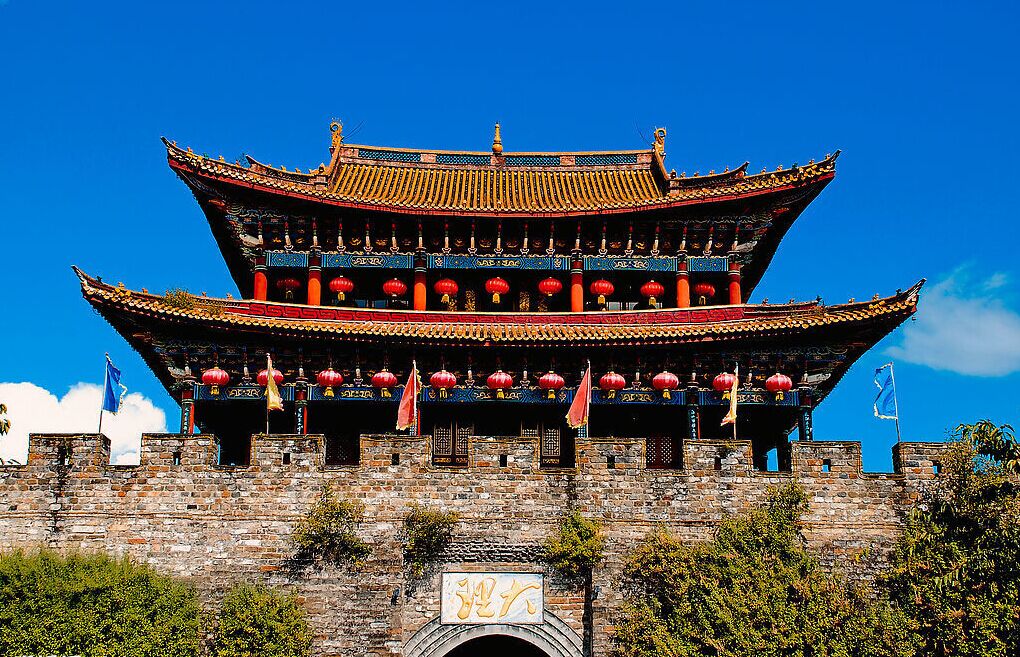
Dali Old Town is famous for traditional Bai-style architecture.The Bai are one of the 56 ethnic groups officiallyrecognized by the People’s Republic of China.In 1956,of their own will they were named the Bai Nationality by Chinese Authorities.Bai people live mostly in the provinces of Yunnan (Dali area),and in neighboring Guizhou and Hunan provinces.Eighty percent of Bai population of China lives in Dali Bai Autonomous Prefecture in Yunnan Province.The Bai people hold the white colour in high esteem and call themselves “Baipzix”,“Baip’ho”,or “Baip yinl”,or “Miep jiax”.In Chinese “bai”means white.
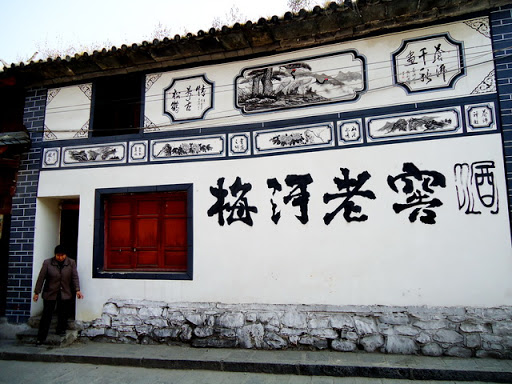
Traditional Bai-style dwelling consists of three houses forming a “U” and a fourth wall as a screen with a courtyard in the middle.The houses are usually built with brick and wood,and the main room is in the middle,opposite the screen wall.The screen wall is built with brick and stone.There’s a practical use for that wall.When the sun shines on the screen wall in the afternoon the sunlight is reflected back to the courtyard,thus illuminating the whole area.
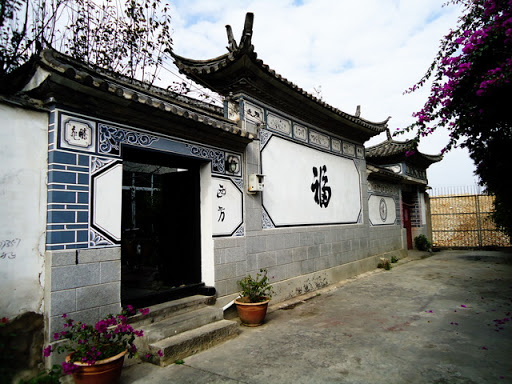
There is a Bai saying,“Pebbles make walls that never collapse.”That’s why some people build up their homes by selecting pebbles from the streams that flow down from the Cangshan Mountain and mixing them with mud.These homes are usually topped with mud brick walls and sealed with a mud and grass plaster mix.The foundation of a Bai building is usually constructed of rectangular stones.The stones often weigh in excess of 600 pounds each.
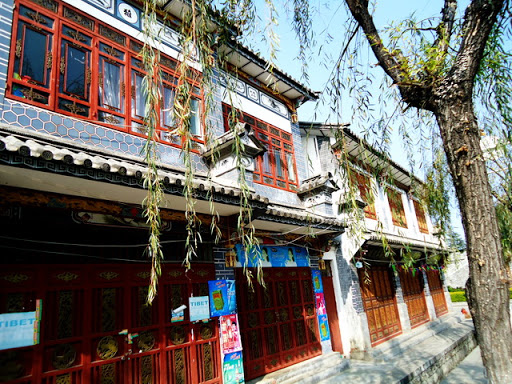
The house is painted in white with black tile paintings depicting animals and nature.The detailing usually is made of clay sculpture,woodcarving,colored drawing,stone inscription,marble screened and dark brink.
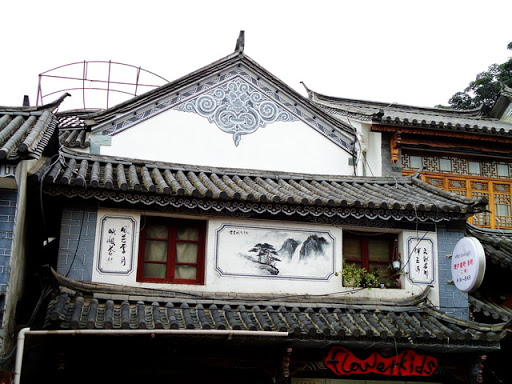
Gates are decorated with colorful paintings depicting various stories.Sometimes these include marble slabs,and even valued porcelain plates to show the owner’s wealth.
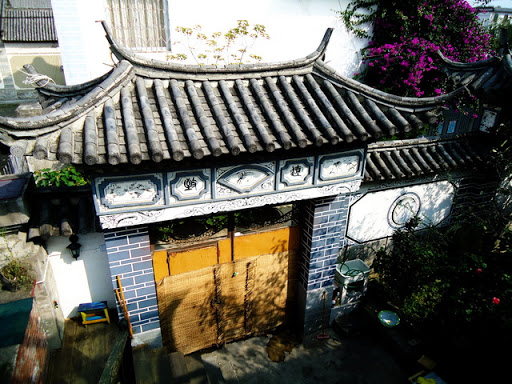
Walls are usually painted in white which serves as a reflecting wall to bring in sunshine and warmth.Often people paint prosperous sayings such as ‘Fu’ (fortune), ‘Shou’ (longevity),or ‘Xi’ (happiness).
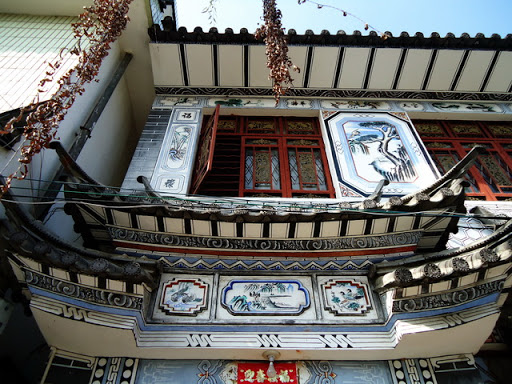
Construction of the house is a village and family affair.Ground is broken on carefully chosen prosperous days of the Lunar calendar.Local religious leaders will often visit the site in advance and make the selection based on Feng Shui.Building begins with a party,with friends and neighbors gathering to help raise the first timbers.After upholding other rituals,the work waits for another day as a feast to celebrate the beginning of the new constructions is held.










